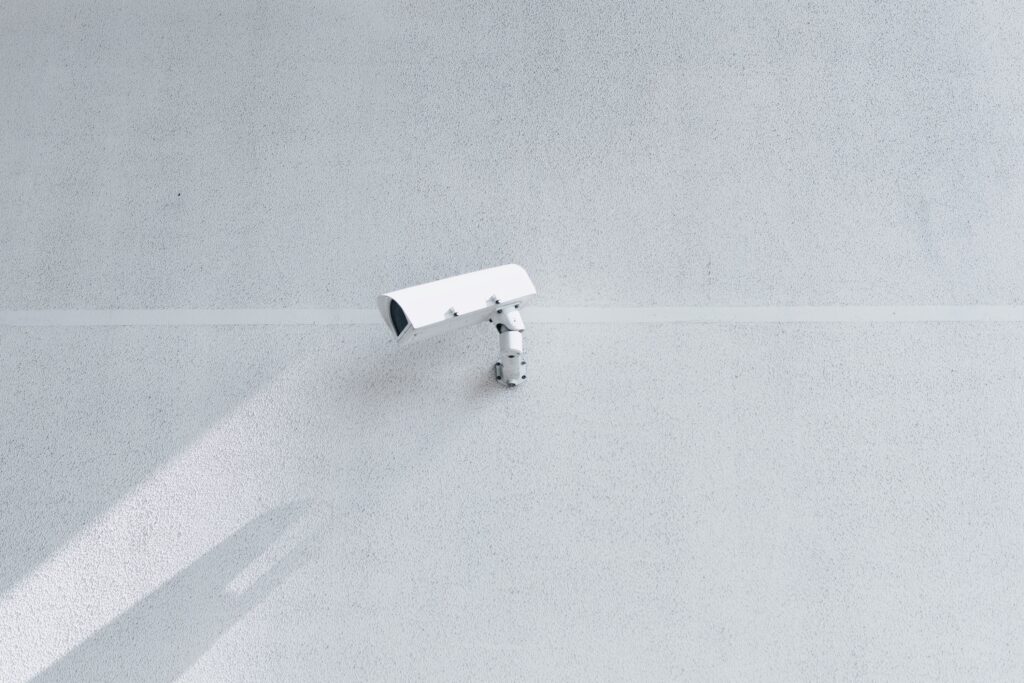
Hospitals have a vital need for effective security. Our team of security specialists supplies the equipment and extensive knowledge needed to execute the design, installation, and distribution of widespread security management systems for these medical facilities.
With a high volume of personnel on-site, hospitals and long-term care facilities must adopt the strictest of security measures. Access control, alarm detection, and video surveillance systems can be used on these premises to ensure proper access is granted and restricted on an individual basis.

Hospital staff members need to be vigilant in identifying and reacting quickly to suspect behavior, but they shouldn’t be the only line of defense. Administrators and officials are leading efforts to prevent further incidents and to protect their staff and patients. The security solutions we offer provide them with the means to achieve this goal.
Access Control Snapshot
In and around a building or facility, Access Control provides the ability to monitor and restrict the movement of:
People
Assets
Vehicles

Access control systems serve a wide range of applications:
- Support for electronic locks, card readers, and biometric scanners
- Parking gate control
- Intercom messaging and communication
- Physical barrier control
- Turnstiles and speed gate control
- Management of parking barrier arms and gates

Additional devices can be utilized to identify personnel before granting access. These include devices such as:
- Card Readers: Supports proximity, magnetic swipe, barcode, PIN pads, and biometric types and more.
- Door Controllers and Software: Communicate with the readers to either grant or deny access. Depending on the facility, options include:
- A standalone door controller linked to a single door with no software
- Multiple door controllers that are all linked together by a centralized system
- Multiple sites interlinked over a single network
These systems are effective depending on the facility’s requirements. Contact us today for more information!

Security concerns medical facilities must consider:
- High-value equipment kept on-site, such as computers, laptops, drugs, and lab equipment
- Personal possessions of staff, patients, and visitors
- Confidential documents such as patient records

Access Control Technology
Video surveillance is a popular choice when combining access control with other technology. Should an unauthorized person attempt to access a specific secured area, they will be recorded and the footage will be available for any subsequent investigations. Moreover, would-be intruders will think twice if they know they are being recorded.
If intruders decide to follow through, though, alarm systems come into play, drawing attention and discouraging them from continuing. The system can notify security staff and authorities so they can respond accordingly.
We specialize in combining access control technology with modern CCTV surveillance, intrusion detection, and other systems to create a comprehensive system for our customers.

Security Requirements:
Every property is different, and each has its own security needs.
In hospitals, healthcare settings, and senior living facilities, patient care and access control cannot be at odds. That’s why an access control security company with intuitive systems is required. At the same time, preventing someone from obtaining valuable equipment or restricted information is equally vital.

Equipment & Installation
Versatility is key when implementing security solutions. Industry standards dictate that diverse makes and models of security equipment have a certain degree of compatibility with one another to provide customers with the safety they deserve.
We solve these problems on a daily basis, and we’re familiar with the cutting-edge solutions required to meet a client’s needs while staying within budget.
